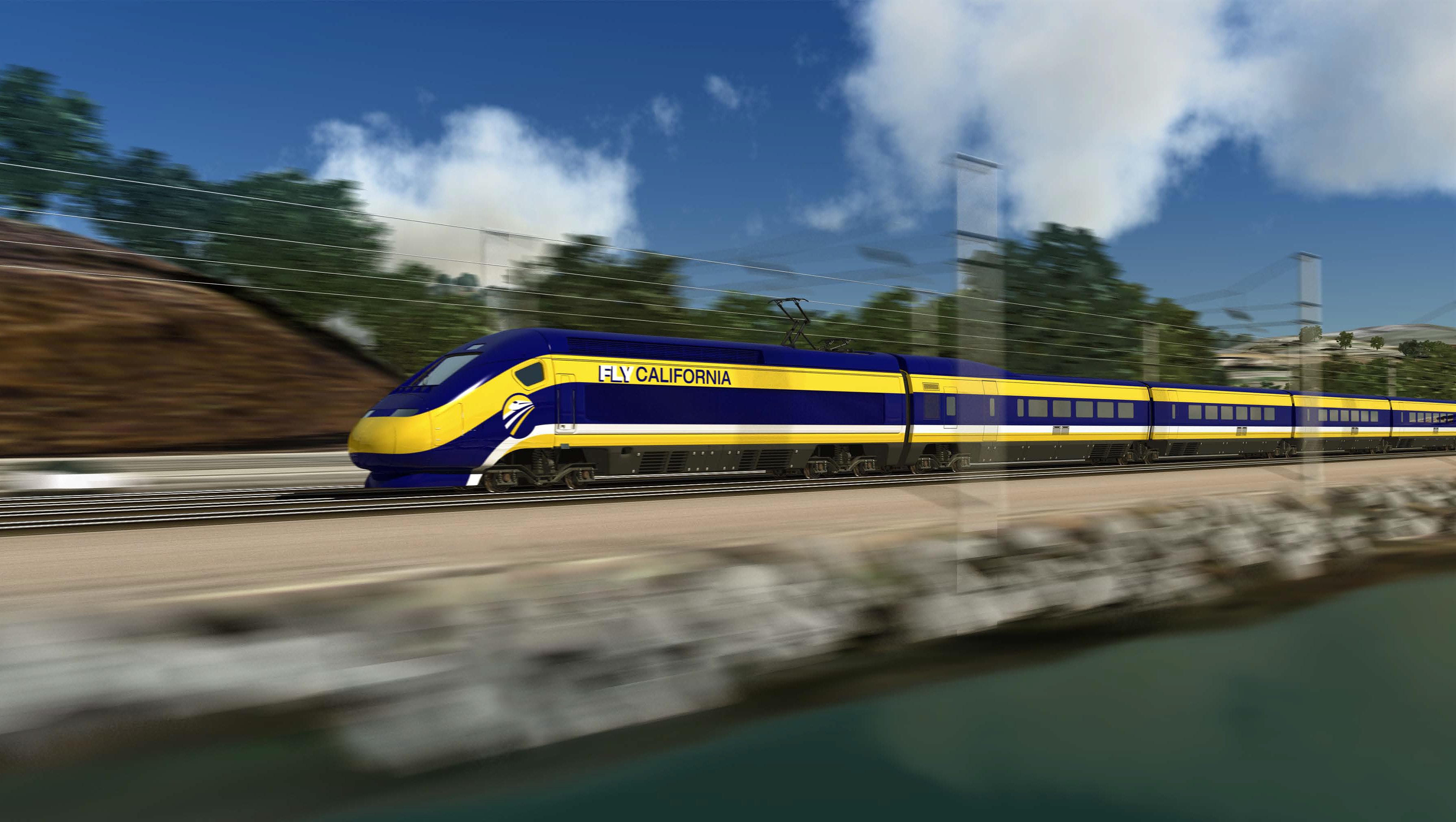High Court ruling could mean more legal complications for California’s $64 million high-speed rail
By Michelle Ouellette & Matthew Collins, Best Best & Krieger LLP
As physical signs of California’s $64 billion railroad project come into focus across the State, a potential faceoff with the federal government regarding its jurisdiction over state environmental laws, at least with regard to publicly owned and funded railways, may be laid to rest.
The California Supreme Court recently held in Friends of the Eel River v. North Coast Railroad Authority that the federal Interstate Commerce Commission Termination Act of 1995 does not preempt the application of the California Environmental Quality Act to state-owned railroad projects.
Given that California’s high-speed rail project is both state-owned and funded, the Supreme Court’s decision appears to close the door on questions as to whether compliance with CEQA is required for that project.
The decision arose from lawsuits filed by advocacy groups — Friends of the Eel River and Californians for Alternatives to Toxics — against the North Coast Railroad Authority, a California public agency, and the Northwestern Pacific Railroad Company, a private entity contracting with the authority.
The project under review involves the renewal of freight service along an intrastate rail running from Napa County to Humboldt County. The two divisions of the line — the northern Eel River and southern Russian River – have been owned by the State since the early- to mid-90s. When the owners of the railway folded in the late-80s, the State created the NCRA to acquire and operate the rail property.
Over the next decade, the NCRA made plans to upgrade the railway and secured state funding sources that bound the agency, and project, to certain conditions — including an environmental review. The NCRA asserted in a 2006 application to the state Department of Transportation for $31 million to restore the lines that “appropriate” CEQA and National Environmental Policy Act documentation would be prepared.
Nevertheless, in April 2013, despite preparing an Environmental Impact Report, the NCRA Board issued a resolution stating that the ICCTA preempted CEQA’s application over railroad operations.
The Supremacy Clause of the United States Constitution generally establishes that the federal constitution, treaties and laws of the U.S. take precedence — or preempt — over state law. Pursuant to this principle, as the ICCTA gives the federal Surface Transportation Board sole authority to regulate the railroad industry, the NCRA argued that CEQA did not apply to the NCRA’s rail operations.
In proceedings, a state Court of Appeal determined CEQA was preempted by federal law with regard to rail projects. On review, however, the California Supreme Court disagreed, finding that the ICCTA was not so broadly preemptive.
While the state’s High Court recognized the ICCTA’s broad jurisdiction and reaffirmed that railroads are of “peculiar federal concern,” the Court made a clear distinction between its authority over public and private rail projects.
The ICCTA, the Court noted, “contemplates a national rail system operating with minimal regulation, not an industry subject to a patchwork of state regulation.” The purpose of the ICCTA would be undermined, “if states could compel the rail industry to comply with supplementary regulation on a state-by-state basis even when the STB has left a regulatory hole.”
However, the Court held this understanding changes where state-owned rail lines are concerned.
In such a case, the ICCTA’s deregulatory provisions must “protect the zone of autonomy belonging to the state when it is the owner,” such that the state may make decisions based on its own guidelines and regulations. CEQA, the Court continued, “is an internal guideline governing the processes by which state agencies may develop or approve projects that may affect the environment.”
Since “Congress does not intend to deprive the state of sovereignty over its own subdivisions to the point of upsetting the usual constitutional balance of state and federal powers,” the Court concluded the ICCTA did not preempt the application of CEQA to state-owned and funded rail line projects.
Barring review by the U.S. Supreme Court, and given that the high-speed rail project is both state-owned and funded, the California Supreme Court’s decision likely answers the question: Is CEQA compliance required for the state’s high-speed rail project? For now, the answer appears to be yes.
The decision though is at odds with the federal STB’s own determination about its authority.
In a 2014 administrative ruling, the STB explicitly pointed out that any application of CEQA to the California High Speed Rail Authority project is broadly preempted by the ICCTA.
Kings County, and other parties, appealed the agency’s decision to the U.S. Ninth Circuit Court of Appeals. However, the appellate court dismissed the case last month sighting lack of jurisdiction.
The court wrote, “the Declaratory Order is purely advisory and, therefore, is not final … Expressing our views regarding that order would amount to an advisory opinion, which would not resolve ‘concrete legal issues, presented in actual cases, not abstractions.’”
Without the possibility of a California Supreme Court-Ninth Circuit conflict, it is unlikely the U.S. Supreme Court will grant review of the Eel River decision.
[divider] [/divider]
Michelle Ouellette is a partner with Best Best & Krieger LLP’s Environmental Law & Natural Resources Practice Group. Based out of the firm’s Riverside office, Michelle works extensively on environmental issues related to the California Environmental Quality Act and National Environmental Policy Act. She may be reached at Michelle.Ouellette@bbklaw.com.

 Matthew Collins is an associate in Best Best & Krieger’s Environmental Law & Natural Resources practice group. Matthew’s practice focuses primarily on environmental issues related to the California Environmental Quality Act and National Environmental Policy Act. He can be reached at matthew.collins@bbklaw.com.
Matthew Collins is an associate in Best Best & Krieger’s Environmental Law & Natural Resources practice group. Matthew’s practice focuses primarily on environmental issues related to the California Environmental Quality Act and National Environmental Policy Act. He can be reached at matthew.collins@bbklaw.com.





